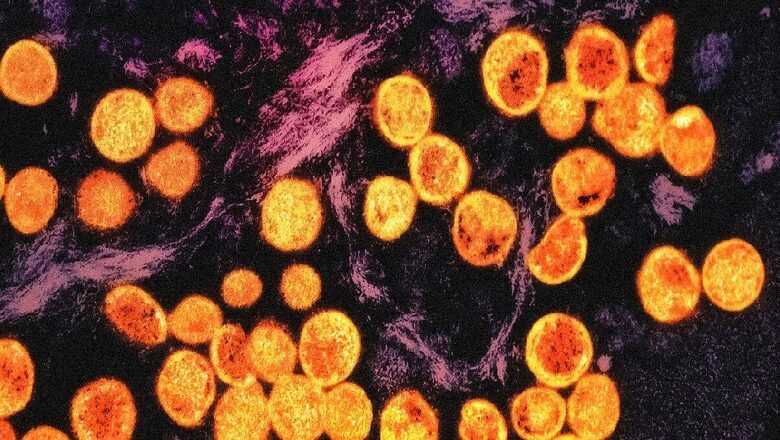
views
During the rainy season, the increased humidity and continuous downpours proliferate various pathogens in India. This seasonal increase and the spread of the disease are triggered by several factors, including; changing climate conditions, increased urbanisation and the growing cases of zoonotic diseases. No proper sanitation, still water and inadequate living space in many urban centres make it very easy for diseases such as dengue fever, malaria and leptospirosis to spread.
Monsoon and Pathogen Proliferation
High humidity, sluggish moving water and increased mosquito breeding during the monsoon season—particularly for dengue disease, malaria and viral encephalitis—are to blame for this. During this time of the year, children and the elderly population report increasing cases of rain infections. Flood-borne diseases such as Chandipura virus, Nipah virus and Zika virus have also been identified in several states during the monsoon season.
Emerging Infections and Potential Pandemics
According to the World Health Organization (WHO), there are more than 30 pathogens that are potential pandemic-causing agents of which many are found in India. Some of them include Nipah and Zika, diseases recently reported in the country. Six laboratory-confirmed infections, including two fatalities, of the Nipah virus were confirmed between September 12 and 15, 2023, in Kerala.
Factors Contributing to Pathogen Emergence
Rapid urbanisation generally results in congestion, weak hygiene and a bad standard of living accommodation, contributing to the spread of diseases. Out of the total, the majority of emerging infectious diseases are zoonotic as enhanced contact between wildlife and people triggers disease spillover. It has been demonstrated that there is a connection between some diseases and climate change, including recurring floods and emerging or re-emerging vector-borne illnesses.
Rare Pathogens and Drug Resistance
The ICMR published a study that analysed 28 rare bacterial infections, six parasitic and five fungal infections in India in the last 13 years (2010-2022). Fatal outcomes were linked to rare bacterial and fungal infections, including two from PAN-DR bacteria of the Myroides genus. At least 10 species were defined as multi-drug resistant, one as extensively drug-resistant and 8 were undefined. Among 83 patients with these rare infections, the mortality was about 8.4%.
Since these dangers are novel and pose serious risks to public health, appropriate countermeasures must be developed via continuous research and study. Real-time monitoring of the disease and affordable diagnostic tools are important in reducing the likelihood of the ramifications associated with these pathogens.




















Comments
0 comment